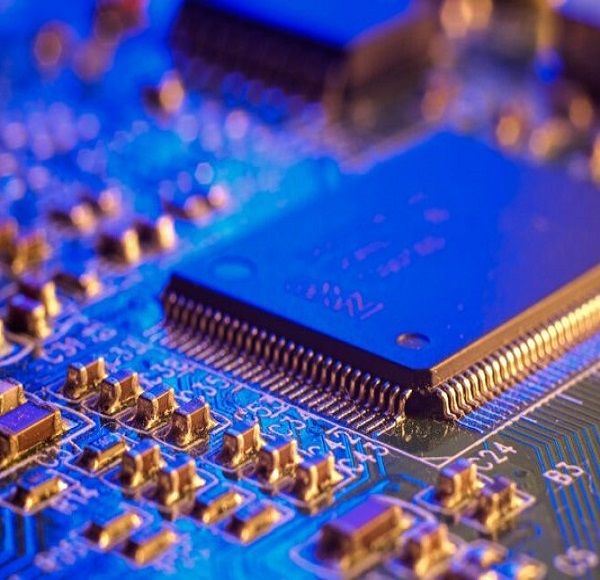Microcontrollers are a key part of the ever-changing world of technology, and they often go unnoticed. The power all kinds of devices and systems, so it’s not a surprise that they’re so important in our lives. In this article, we’ll take a look at how they’ve evolved, what they do, and what applications we use them for.
Embedded systems, are integral part of modern life, defined by their seamless integration into larger devices or machinery. These systems are purpose-built to perform specific functions, often without direct human intervention. Examples abound, from the microcontrollers that power traffic lights and vending machines to the sophisticated control units within cars and medical devices.
Microcontrollers drive functionality in embedded systems through their ability to process instructions rapidly and reliably. They manage intricate tasks like temperature regulation in a thermostat or complex automation in industrial machines. Their real-time processing ensures timely responses, making them ideal for applications where precision matters.
When microcontrollers first came to existence, they were tiny and didn’t have much processing power. But as time went on, they got bigger and better, and now they power everything from basic home appliances to sophisticated industrial systems. They’re made up of a bunch of different parts, like the CPU, memory, I/O ports, and more, that all work together to do a bunch of different things. Whether it’s reading sensors or controlling motors, they all work together to get the job done.
We all use microcontrollers in our day-to-day lives; they’re built into devices we use every day and rely on for everything from controlling our phones to controlling our washing machines. Even cars use them to manage their engines and keep them safe. In medicine, they’re used in pacemakers, insulin pumps, and other devices that help with patient care.
Embedded systems are everywhere, from cars to factories, and microcontrollers give them the intelligence they need to run smoothly. Integrating them all together improves the user experience and performance. The challenge is to figure out how to optimize code for limited resources while still making sure the system runs smoothly.
Microcontrollers are here to stay. As miniaturization and processing power continue to grow, we can expect to see even smaller yet more powerful microcontrollers in the future. Internet of things (IoT) will continue to expand its reach, bringing everyday objects into the digital world. Power-efficient microcontrollers will be essential to reducing power consumption. Artificial Intelligence (AI) and machine learning integration will open up new opportunities.
As powerful as they are, microcontrollers also face challenges. Memory and processing power can limit the complexity of applications, while security vulnerabilities in systems based on microcontrollers present risks that must be addressed. Balancing performance with power consumption is a constant challenge, especially for battery-powered devices.
The microcontroller is the unsung hero of modern technology. From the simplest of gadgets to the most sophisticated industrial processes, there’s no one denying their importance. As we push the limits of innovation, the microcontroller will remain at the core of technological advancement, leading us to a future of smarter, more connected devices.
As we sit at the intersection of technology, the importance of microcontrollers increases. Their versatility and performance allow us to explore new worlds. From remote-controlled drones to smart agriculture, microcontrollers have been at the forefront of transforming industries and improving our lives.
However, the path of microcontrollers has not been without obstacles. With limited resources, developers must optimize their code to meet the demands of these small powerhouses. Striking a balance between increased functionality and energy efficiency is a challenge. As our world becomes more connected, concerns about microcontroller-based security have become a major factor in their adoption.
The great thing about microcontrollers is not only their capabilities but also the opportunities they provide for learning and innovation, as hobbyists and students can use them to turn their creative ideas into practical prototypes. Through hands-on experience, students gain a better understanding of electronics and programming, as well as problem-solving skills.
To sum up, the microcontroller is the unseen architect of our digital lives. It powers the devices we rely on and drives the innovations that propel us. From the Alarm that makes us wake up in the morning to the automations that make our jobs easier, the microcontroller works in the shadows. As we explore new worlds and embrace new technologies, let’s not forget the microcontroller. It’s a symbol of human creativity and innovation.











Great article. How and where can I get more practical hands-on training on how I can start applying microcontroller. I feel this knowledge can help me build the massive robots I have in my head and bring them to live.
I will appreciate your feedback on this request. Thanks for sharing 👍
I’m glad you learned something from my article, and happy that you enjoyed it. Thank You!
Be with me, as I will bring more related topics on Electronic Circuits design and many more.